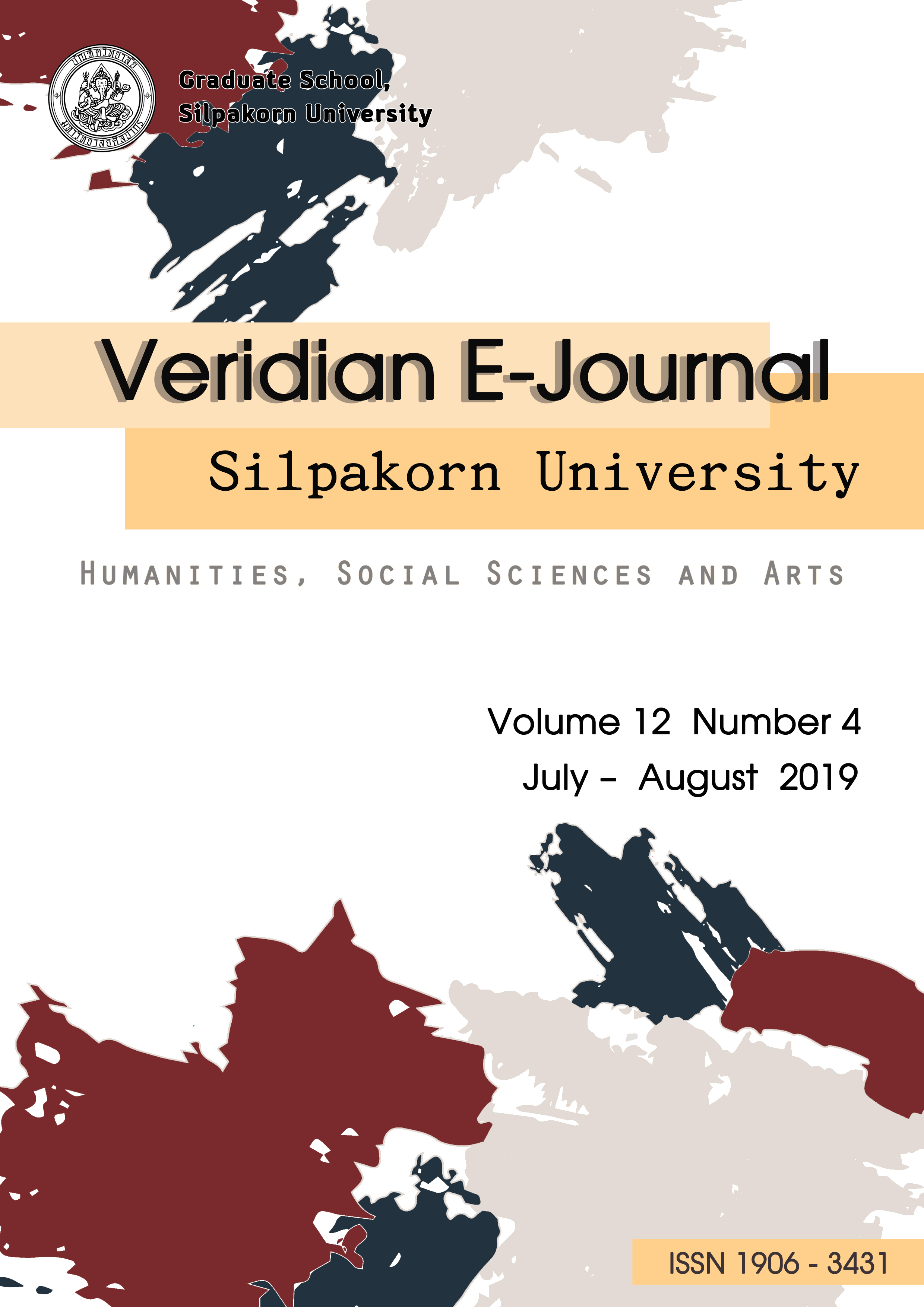ผลกระทบทางเศรษฐกิจของเกษตรกรผู้เลี้ยงโค: พืชอาหารสัตว์ต่อภูมิภาคของไทย (Economic Impacts on Cattle farmers: Forages and Regions in Thailand )
Main Article Content
บทคัดย่อ
การศึกษาครั้งนี้มีวัตถุประสงค์ เพื่อศึกษาแนวทางการการปลูกพืชเพื่อการผลิตอาหารสัตว์ (โค) ให้เหมาะสมกับภูมิภาคของประเทศ ตั้งแต่การผลิตจนการตลาด การจัดการด้านการเลี้ยงของเกษตรกรโดยการลดต้นทุนด้านอาหารสัตว์และเพิ่มรายได้ของเกษตรกร ควบคุมคุณภาพของการเลี้ยงและเกษตรกรสามารถจัดการฟาร์มได้อย่างยั่งยืน วิธีการศึกษาโดยการเก็บข้อมูลปฐมภูมิจากแบบสอบถามในภาคเหนือ ภาคตะวันออกเฉียงเหนือ ภาคกลาง ภาคตะวันออก และภาคใต้จำนวน 100 ราย และ การสัมภาษณ์เชิงลึกกับเกษตรกร 15 รายในแต่ละภูมิภาค การศึกษาพบว่าเกษตรกรผู้เลี้ยงสัตว์มีปัญหาด้านต้นทุนอาหารสัตว์ การผลิตอาหารสัตว์เพื่อใช้เองโดยการปลูกพืชอาหารสัตว์และใช้วัตถุดิบที่มีอยู่ในพื้นที่เป็นการช่วยลดต้นทุนด้านอาหารสัตว์แต่ละภูมิภาค มีวัตถุดิบอาหารสัตว์ที่แตกต่างกัน การศึกษานี้เลือกการศึกษาต้นทุนการการปลูกหญ้าเนเปียร์ปากช่อง 1 เนื่องจากมีการปลูกในทุกภูมิภาค พบว่า ภาคเหนือ ภาคกลาง และภาคตะวันออก สามารถลดต้นทุนได้ 3,510 บาทต่อตัว ภาคตะวันออกเฉียงเหนือ สามารถลดต้นทุนได้ 3,105 บาทต่อตัว ได้แก่ ฟางข้าว เนเปียร์ปากช่อง 1 และภาคใต้สามารถลดต้นทุนได้ 5,400 บาทต่อตัว ในการเลี้ยงขุน ระยะเวลา 3 เดือน ซึ่งเกษตรกรภาคใต้พึงพอใจในการเลือกใช้อาหารหยาบที่หาได้ในธรรมชาติและท้องถิ่นมากกว่าหารปลูกหญ้าเนเปียร์ ปากช่อง 1 ได้แก่ หญ้าธรรมชาติ ทางปาล์ม
The aim of this study was to analyze supply chain of feeding animals from production process to marketing. Farm management including reduced cost of animal feeding and appropriated land for animal feeding plants had raised farms’ income and sustainable farms. Data were collected from 100 survey questionnaires and 15 depth-interviews in different regions (north, east, south, northeast, and central). The study found that costs of animal feeding was an important problem for the farmers thus farmers should plant grass and other plants animal feeding and choose available animal feeding ingredients in local area. The study suggested various animal feeding plants in different regions. The results showed costs reduction of animal feeing rations if farmers planted Napier-Pakchong 1 in the north, the central, and the east was 3,510 baht per cattle, the northeast was 3,105 baht per cattle, and the south was 5,400 baht per cattle. The farmers in the south preferred nature grass and palm leave rather than Napier-Pakchong 1 during 3 month-pasture fattening period. This studied model reduced costs of animal feeding which impacted farm economy and this extension will be benefits to farmers in different regions of the country.

